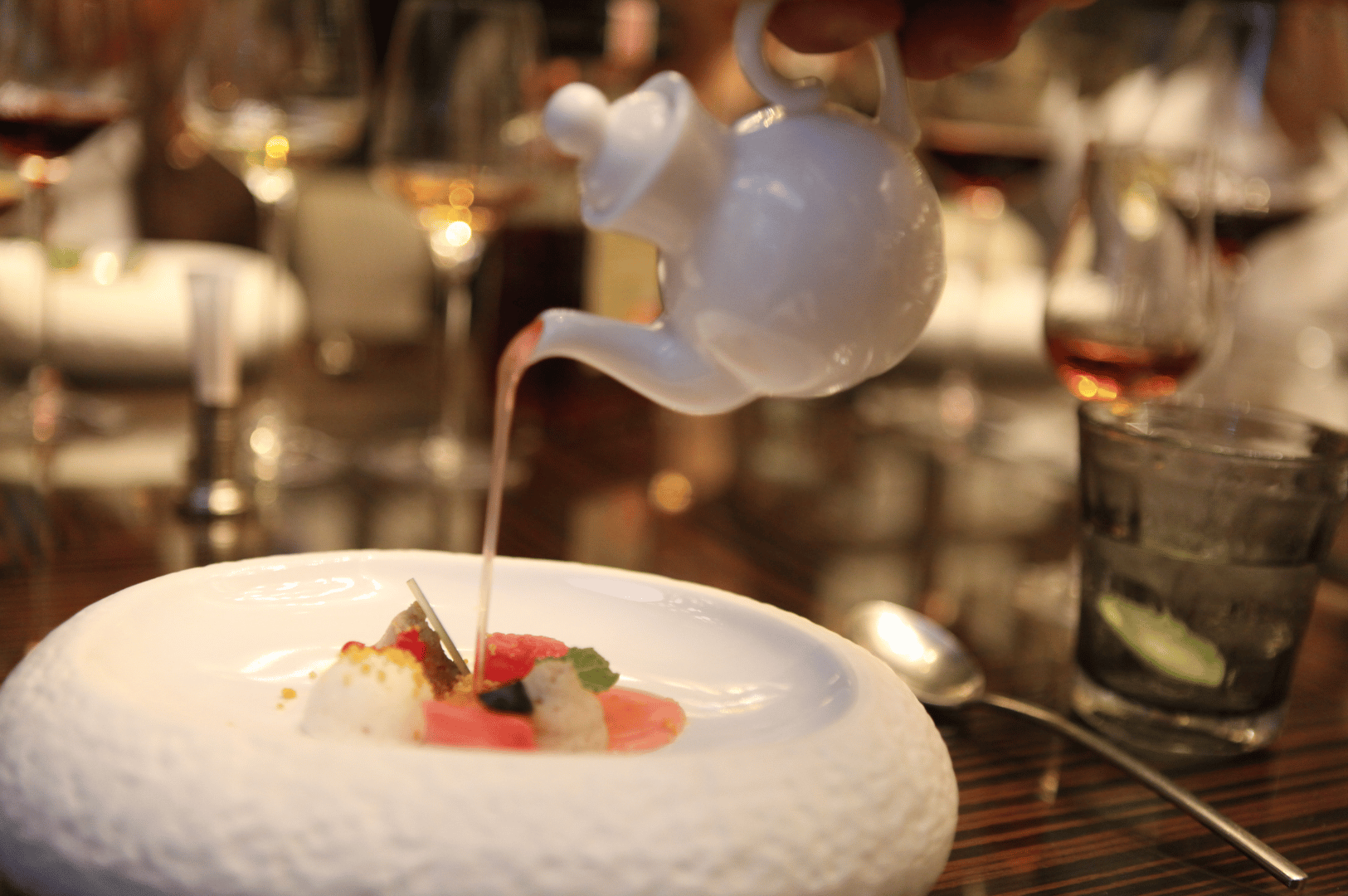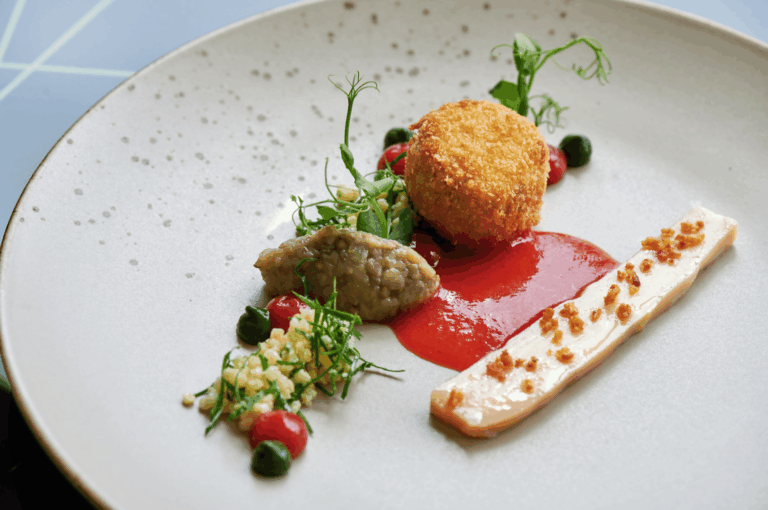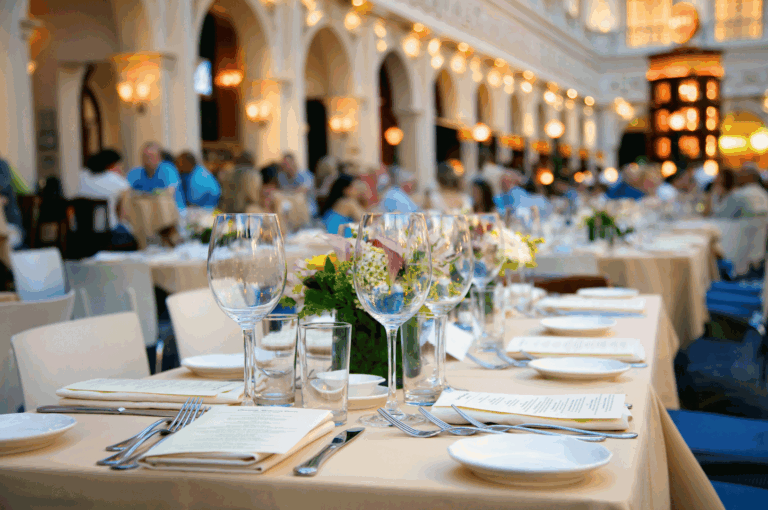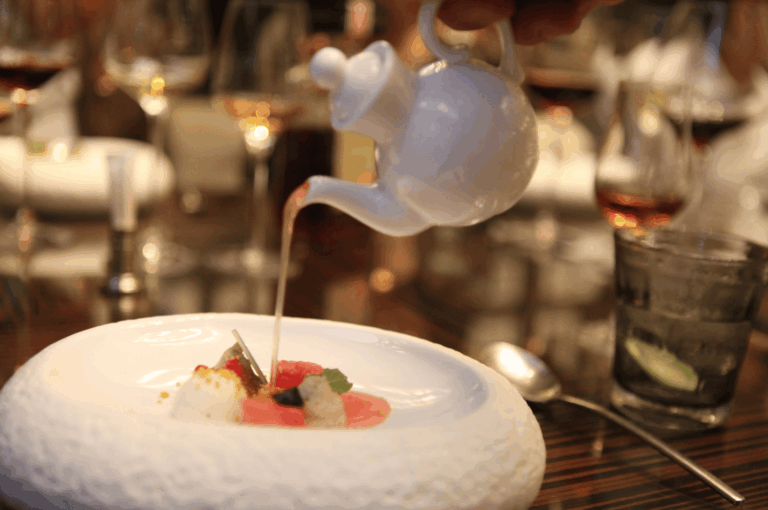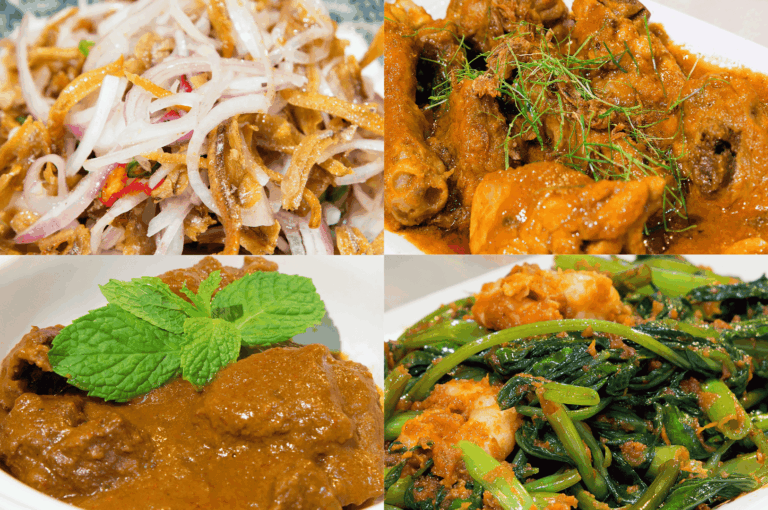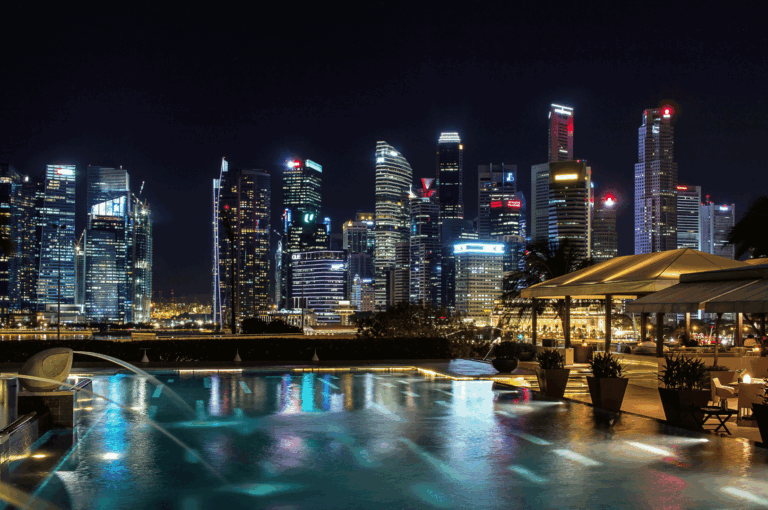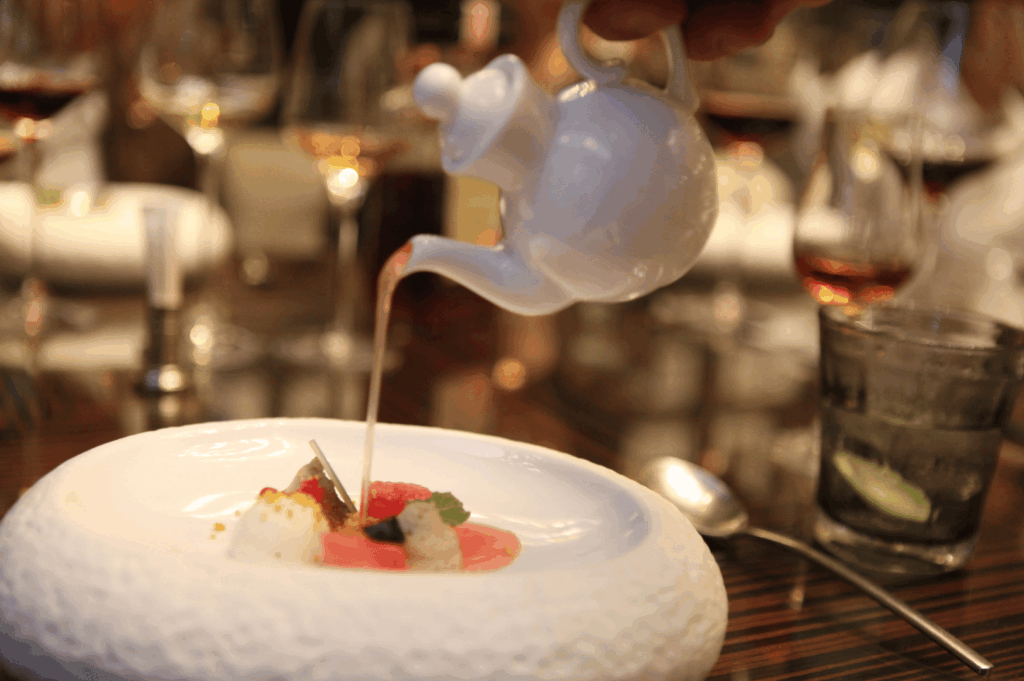
The world of fine dining can feel like it has its own language, and no term is more recognized—or perhaps misunderstood—than “michelin star.” For many, it’s the ultimate seal of approval, a signifier of a truly memorable dining experience. But what really separates a one, two, or three-star establishment from other excellent fine dining restaurants? Is the difference truly tangible, or is it just hype?
Many diners find themselves asking this exact question. While both offer elevated food and exceptional service, they operate on different scales of precision, consistency, and philosophy. This guide will break down the key distinctions in the michelin dining vs fine dining debate, helping you understand what that coveted star truly means for your next culinary experience.
The Michelin Star Rating System Explained
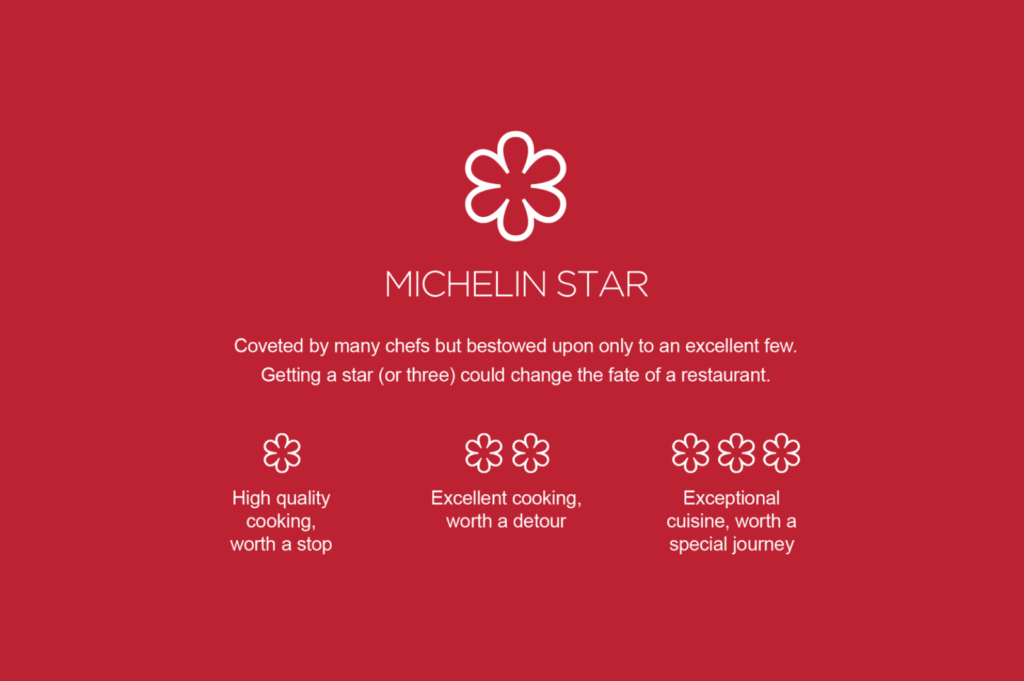
Before diving into a comparison, it’s helpful to understand the system itself. The Michelin Guide started in France in 1900, created by the tire company to encourage more road trips. It began awarding stars in 1926, and the system has since become a global benchmark for restaurant ratings.
Anonymous Michelin Inspectors
Full-time employees with extensive culinary backgrounds visit restaurants multiple times before making a decision. The stars are awarded based on five universal criteria, focusing almost entirely on just the food on the plate. They assess ingredient quality, mastery of cooking techniques, the chef’s personality expressed in the cuisine, value, and consistency.
Here’s what the stars mean:
- One Star: A very good restaurant in its category, worth a stop.
- Two Stars: Excellent cooking, worth a detour.
- Three Stars: Exceptional cuisine, worth a special journey.
It’s crucial to remember that many incredible fine dining restaurants, from those serving modern Italian cuisine to traditional Indian cuisine, don’t have stars. Some may be hidden gems, while others simply operate outside the guide’s radar. A lack of a star is not a sign of a lesser dining experience.
Culinary Standards: The Technical Difference
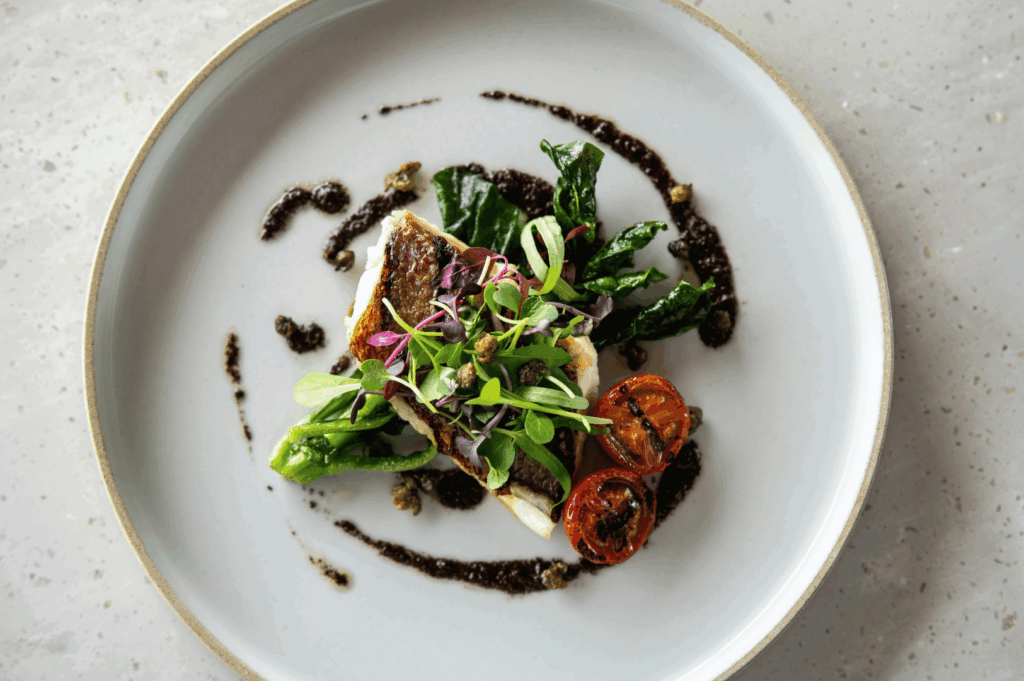
While any fine dining establishment aims for excellence, Michelin-level kitchens operate with a level of technical precision that is almost scientific.
Consistency is King: A dish from the tasting menu on a Tuesday must be identical to the one served on a Saturday three months later. This unwavering consistency is perhaps the hardest standard to meet and a key differentiator. Regular fine dining restaurants may produce delicious food, but slight variations between visits are more common.
Ingredient Sourcing: All best fine dining restaurants prioritize quality ingredients, but starred kitchens often take it to another level. They build deep relationships with suppliers for exclusive premium ingredients and fresh ingredients. Seasonal menus are a given, but a starred chef may have access to produce or seafood that other establishments simply cannot get.
Innovation and Artistry: Michelin inspectors look for a unique chef’s style. The food should tell a story or present a clear, innovative vision. This might be a modern twist on traditional flavors or a completely new creation. This pressure to innovate can be less intense in other restaurants, where the focus might be on executing classic dishes perfectly.
The Dining Experience
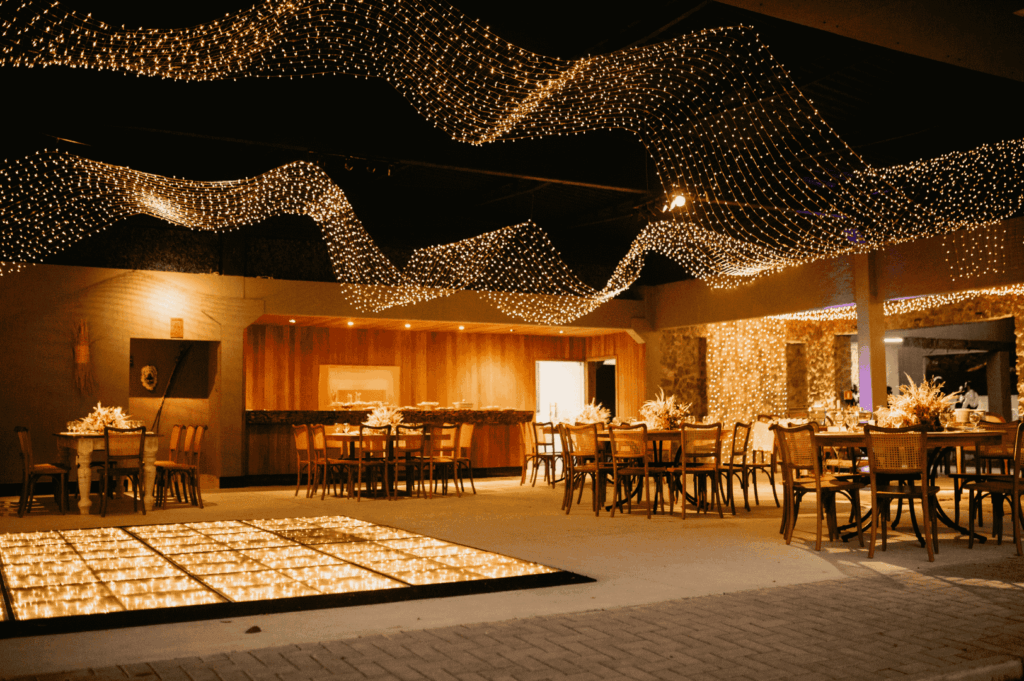
Exceptional service is a hallmark of all fine dining, but Michelin-starred service often feels like a choreographed ballet. The careful attention to detail is astonishingly granular, contributing to the entire experience.
In a good restaurant, you can expect attentive service. At a two stars or three stars restaurant, that attentiveness becomes almost psychic. Staff training is incredibly rigorous. The team knows all menu items inside and out—including the origin of every ingredient and the philosophy behind each dish. They can speak eloquently about the extensive wine list and suggest perfect wine pairings or other drink pairings.
This leads to a level of personalization that creates an unforgettable meal. A dropped napkin is replaced before you even realize it’s gone. A slight glance toward the door might prompt a staff member to ask if you need assistance.
While other restaurants aim for great service, Michelin service perfects the art of being present without ever being intrusive, leaving a lasting impression.
Ambiance and Setting
There’s a common misconception that all Michelin star restaurants require a formal dress code and have stuffy, formal settings. While this is true for some, the guide has evolved. Today, a star can be awarded to a restaurant in a casual setting, a counter-dining spot serving what was once considered street food, or a place with a more relaxed setting.
The key is that the ambiance must be intentional. Every element, from the warm lighting and music to the menu design and tableware, is carefully considered to align with the chef’s vision and enhance the whole meal. You might find an intimate setting for special occasions or a bustling open kitchen.
Regular fine dining restaurants also invest heavily in creating beautiful spaces. The primary difference is that the Michelin Guide holds the setting to the same standard of near-perfection as the food and service. One example is that a regular spot might have a stunning view but slightly wobbly tables; in a starred restaurant, every detail is expected to be flawless.
The Price Factor
Let’s address the elephant in the room: the bill. Yes, Michelin star restaurants are almost always more expensive. A tasting menu at a one Michelin-starred restaurant might be significantly higher than an à la carte meal or even a tasting menu at another fine dining establishment.
Why the premium? The price reflects the immense cost of operation. This includes sourcing rare seasonal ingredients, investing in state-of-the-art kitchen technology, and employing a large, highly skilled team. The staff-to-guest ratio is often much higher in a starred restaurant to ensure that impeccable level of service during the multiple courses.
The cuisine value proposition is different. You are not just paying for great food; you are paying for artistry, consistency, and a memorable experience. However, fantastic value can also be found in regular fine dining, where you can enjoy creative, high-quality dishes without the Michelin price tag, especially on shorter lunch menus.
The Intangible “X-Factor”
Beyond the technical aspects, Michelin dining experiences often have an intangible quality—an “X-factor” that transforms the meal into a lasting memory. This is often tied to the storytelling element.
A three-star meal, for instance, isn’t just a sequence of dishes; it’s a narrative. Each course builds on the last, taking the diner on a journey that reflects the chef’s heritage, travels, or philosophy. This is the chef’s personality the inspectors look for. Chef Julien Royer at Odette in Singapore, for example, crafts exquisite food with an elegant presentation that tells a personal story, creating an emotional connection.
This narrative is reinforced by the unwavering consistency. The absolute trust that every single bite will be perfect allows you to fully immerse yourself in the refined dining experience without a shred of doubt. While many fine dining restaurants have a strong vision, the synthesis of story, precision, and emotion is often what elevates a Michelin-starred experience.
Is It Worth It? A Practical Guide
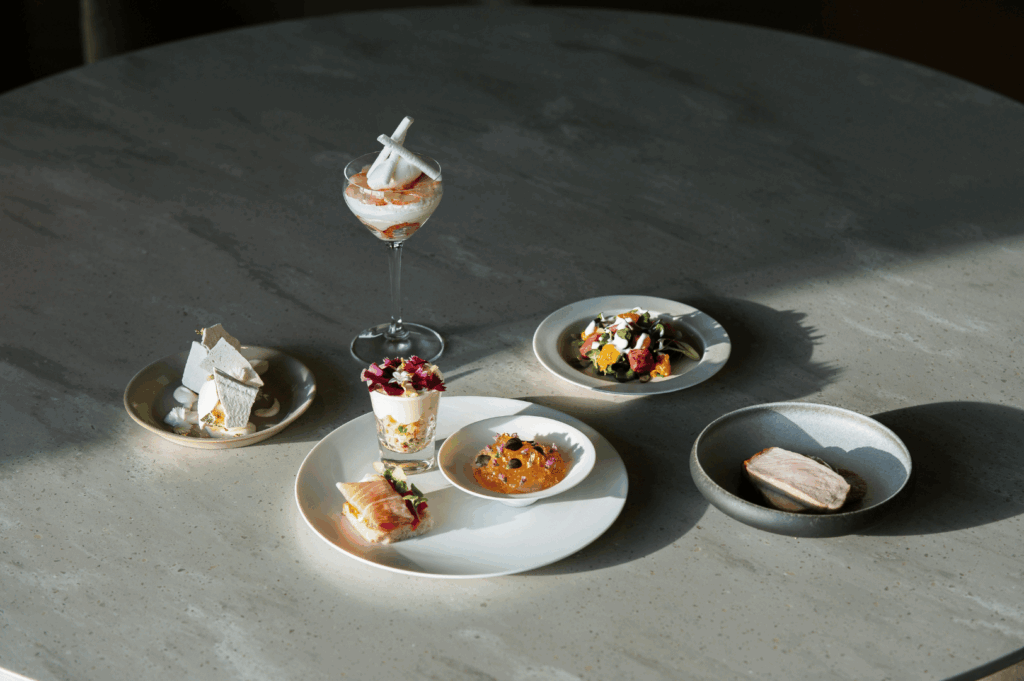
So, when should you spring for a Michelin star, and when is another great fine dining restaurant the better choice? It all comes down to the occasion and your expectations.
Choose Michelin dining for:
- Major special events and celebrations where you want a guaranteed, world-class experience.
- A deep dive into a specific chef’s unique vision and culinary artistry.
- When you are on a special journey specifically for an exceptional cuisine experience.
Choose other fine dining for:
- A high-quality, creative meal in a more relaxed or welcoming atmosphere.
- Exploring up-and-coming chefs and local hidden gems without the Michelin price tag.
- Business dinners or more casual celebrations where the focus is less on the food alone.
Here are a few tips for either experience:
- Check the Dress Code: While many places are more relaxed now, it’s always wise to check if there is a dress code to feel comfortable.
- Book in Advance: The best fine dining restaurants, starred or not, often require reservations weeks or even months ahead.
- Go for a Shorter Menu: If you’re hesitant about the price, many places offer more affordable lunch menus or a shorter menu that still showcases the chef’s talent.
Good Restaurant – Excellent Food
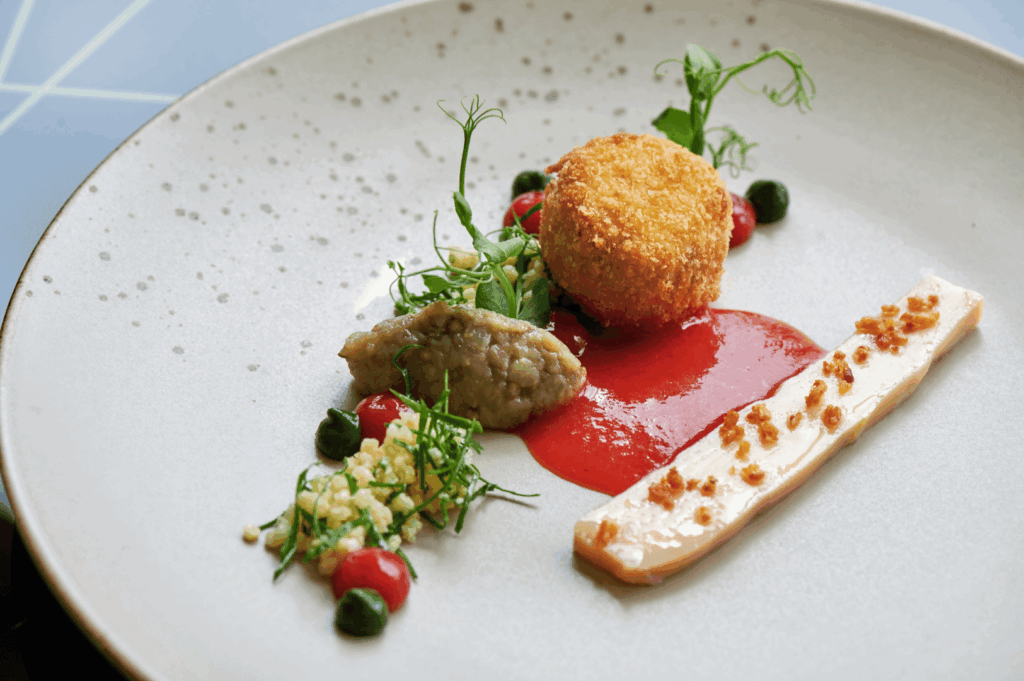
The main difference in the Michelin dining vs fine dining debate is the degree of perfection. While both offer wonderful dining experiences, a star restaurant is held to an almost impossibly high standard of consistency, creativity, and precision across every single element.
Ultimately, neither is “better”—they simply serve different purposes. One is a showcase of flawless artistry, while the other offers a more accessible entry into the world of elevated cuisine.
The best choice depends entirely on what you’re looking for in an unforgettable meal. The beautiful thing is that today’s culinary world is rich with options, offering excellent food at every level.
